Home > Auctions > 5 - 9 December 2023
Ancient Art, Antiquities, Natural History & Coins
Auction Highlights:
Ex Simmons Gallery, London E11, UK, in the 1990s.
From a North London collection.
Cf. Marchant, D.J., Roman weaponry in the province of Britain from the second century to the fifth century AD, Durham, 1991, fig.26, for similar; Schinco, G., Small, A.M., 'A previously unknown siege of Botromagno/Silvium: the evidence of slingshots from Gravina in Puglia (Provincia di Bari, Puglia)' in Papers of the British School at Rome, 2019, pp.1-52, figs.36, 37.
Both the missiles seem to be of ovoid type, type Ia of the Völling classification. The pair finds parallels with examples unearthed at Ham Hill, Somerset, UK. The sling (funda) with its lead missiles (plumbea pondera or glandae) and stone (lapides) was used by special funditores, illustrated on Trajan’s Column where they are simply dressed in broad tunics with no armour, but carry a shield. A fold in their cloak, or sagulum, acted as an ammunition bag. The effectiveness of the slingers was unquestionable and much appreciated, especially against elephants. Celsus, writing towards the end of the 2nd century A.D., described how a slingshot wound was more dangerous and harder to treat than one inflicted by an arrow.
From a Northampton collector.
From the collection of a Lincolnshire, UK, gentleman.
Ex North American private collection.
Acquired privately on the European art market in the 1990s.
Property of a Buckinghamshire, UK, gentleman.
Acquired 1980-2015.
Ex Abelita family collection.
Cf. Christie's, The Axel Guttmann Collection of Ancient Arms and Armour, part 2, London, 2004, item 40, p.36.
The Luristan people produced fine metalwork, which according to Dr. Khorasani, was made possible by a settled period which arose as a result of the defeat of the Elamites by the Babylonians, leaving the Luristani people in relative peace for a period of time after 1200 B.C. According to Khorasani, 'A culture of innovation and experimentation flourished, and the repertoire of the Luristan smiths expanded in the period between 1150-1050 BC.' It became widespread throughout Mesopotamia, the Caucasus and the Near East.
Acquired on the UK art market in the 1990s.
Property of a Stowmarket, UK, gentleman.
Cf. similar find recorded with the Portable Antiquities Scheme under reference LEIC-F0FBD6 / 1012774.
Property of a Luton, UK gentleman, by inheritance.
See Thompson, L., Commando Dagger, Paladin, 1985, pp.56-57, for this type.
In the autumn of 1942, the Rodgers firm produced what many consider to be the best of all the wartime Fairbairn-Sykes knives: the 'Beads and Ridges' model (or 'Beaded and Ringed'); so-called for its distinctive grip pattern to the brass hilt of single rings of tiny beads, interspersed between sections of four to seven plain rings. The blade is delicate and uniform, and the weapon, though light, is well balanced. The blade finish was black (as this example) or nickel. All of this type are considered to be at least scarce. According to both Fredrick Stephens and Leroy Thompson the type was a commercial variant for private purchase; however, there are some rare cases of this type which were officially issued with the War Department broad arrow and number marks, as with this example.
Acquired UK art market, 1980s-1990s.
Property of a Suffolk, UK, gentleman collector.
Cf. Oakeshott, E., European Weapons and Armour, London, 1980, p. 51.
Ex California, USA, collection formed since the late 1960s.
European art market before the late 1990s.
Acquired 1990s-early 2000s.
East Anglian private collection.
UK private collection, 1990s.
From the collection of an London antiquarian.
Cf. similar in the British Museum under accession no.1964,0408.8.
From the private collection of a London gentleman, from his grandfather's collection formed before the early 1970s.
Cf. Sedov, B.B., Finno-Ugri i Balti v Epokhi Srednevekovija, Moscow, 1987, pl.CX, item 41, for the type.
The Curonians were known as fierce warriors and sailors who were involved in several wars and alliances with the Swedish, Danish and Icelandic Vikings. Baltic tribes created an original and impressive set of weaponry. They included battle knives, battle axes and spears and javelins with medium sized heads of a characteristic shape.
Ex California, USA, collection formed since the late 1960s.
European art market before the late 1990s.
805 - 816 of 2409 LOTS

.jpg)


.jpg)

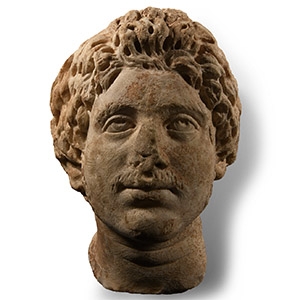
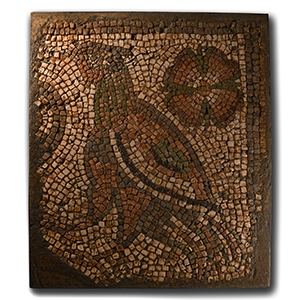
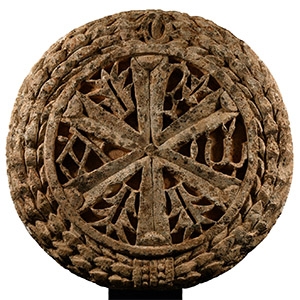


.jpg)


.jpg)
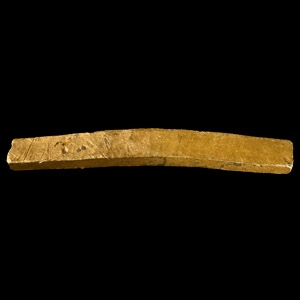
.jpg)
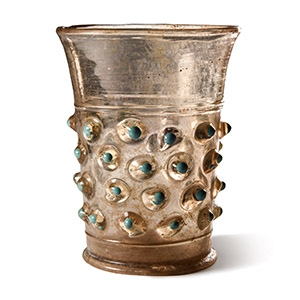

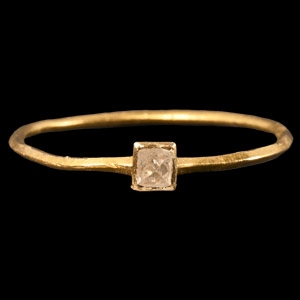

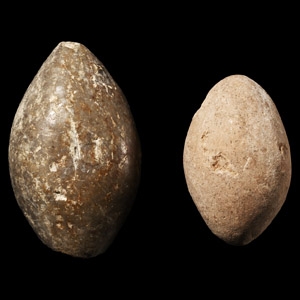


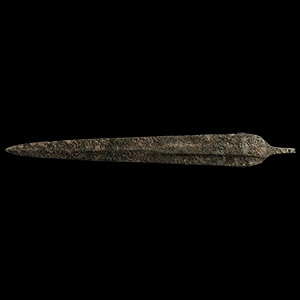
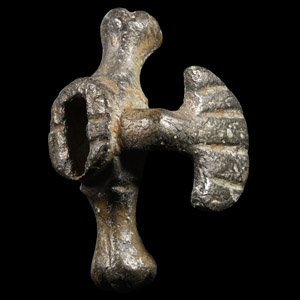
.jpg)
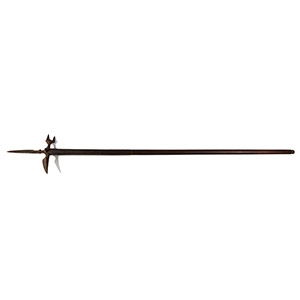
.jpg)
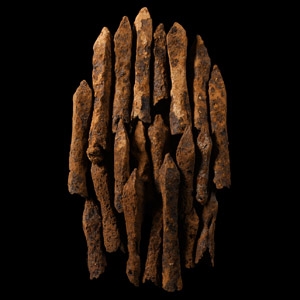
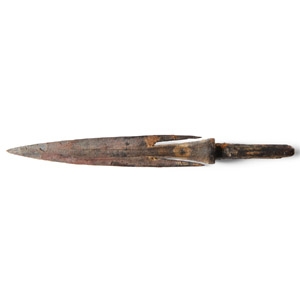

.jpg)



